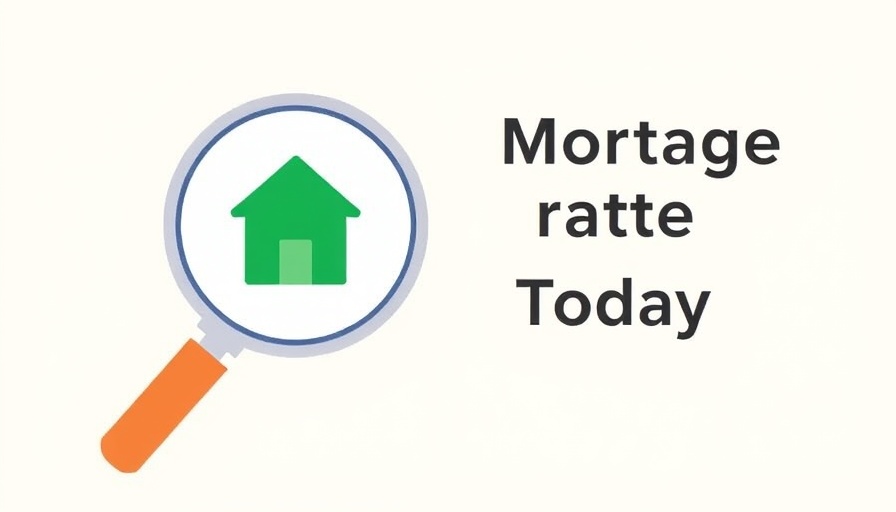
The Importance of Catch-Up Contributions for Small Business Owners
As small business owners approach the milestone of turning 50, it’s essential to leverage every opportunity to secure financial stability, particularly in retirement planning. The catch-up contribution provision enables individuals aged 50 and older to significantly boost their retirement account contributions, addressing the common challenge of insufficient retirement savings. This article unravels the mechanics, limits, and eligibility of catch-up contributions, providing actionable insights for business leaders eager to maximize their financial well-being.
Understanding Catch-Up Contributions
Catch-up contributions allow individuals over the age of 50 to save beyond the standard contribution limits set by the IRS. For the 2025 tax year, the contribution limit for a 401(k) rises to $26,000 instead of the usual $20,500. Similarly, for IRAs, individuals can contribute a total of $7,500, reflecting the additional $1,000 catch-up contribution allowed. These adjustments are crucial for business owners who may have had fluctuating income levels, leading to gaps in their retirement funding.
Why You Should Consider This Financial Strategy
For small business owners and managers, catch-up contributions can play a transformative role in ensuring a secure retirement. As entrepreneurs often face the unpredictability of income, using catch-up contributions is a strategic way to offset years of low contributions. Taking full advantage of this opportunity not only increases retirement savings but also provides potential tax benefits, as contributions generally reduce taxable income.
Eligibility Criteria: Who Can Contribute?
While catch-up contributions are available to anyone aged 50 or older, it’s important to recognize that eligibility may vary based on the type of retirement plan. Both 401(k) plans and traditional IRAs support this provision, but it’s crucial to check individual plan rules, as some may offer additional contributions beyond the IRS mandates. Understanding these nuances can help optimize personal financial strategies.
Maximizing Your Retirement Strategy
To gain the most from catch-up contributions, it is advisable for small business owners to reassess their overall financial strategy periodically. Aligning catch-up contributions with other retirement savings options, including Roth IRAs or self-employed retirement plans, can ensure a more robust retirement portfolio. Business leaders should consider consulting financial advisors to customize their retirement savings plan effectively.
Common Misconceptions About Catch-Up Contributions
Despite the advantages, many small business owners have misconceptions about catch-up contributions. One such misconception is that catch-up contributions are only for those who have not saved adequately throughout their careers. In reality, even business owners with substantial savings can benefit by further enhancing their retirement funds as they near retirement age.
Making Informed Decisions: Future Trends in Retirement Savings
As the landscape of retirement savings evolves, it is crucial for business owners to stay informed about trends regarding retirement planning and catch-up contributions. Emerging financial products and policy changes may provide new avenues for maximizing retirements savings. Being proactive in financial education and planning enables business managers to stay ahead of the curve and make prudent retirement decisions.
Taking Action: Start Contributing Today
Now is the time for small business owners to evaluate their retirement plans and consider incorporating catch-up contributions to enhance their future security. Whether you're managing a small team or running a larger operation, utilizing these contributions can significantly impact financial health. Don’t miss out on this vital opportunity to strengthen your retirement savings.
For more personalized insights and strategies, consider connecting with a financial planner familiar with small business retirement options. Their expertise can help clarify doubts and develop a tailored retirement savings strategy that fits your unique business needs.
 Add Row
Add Row  Add
Add 




Write A Comment